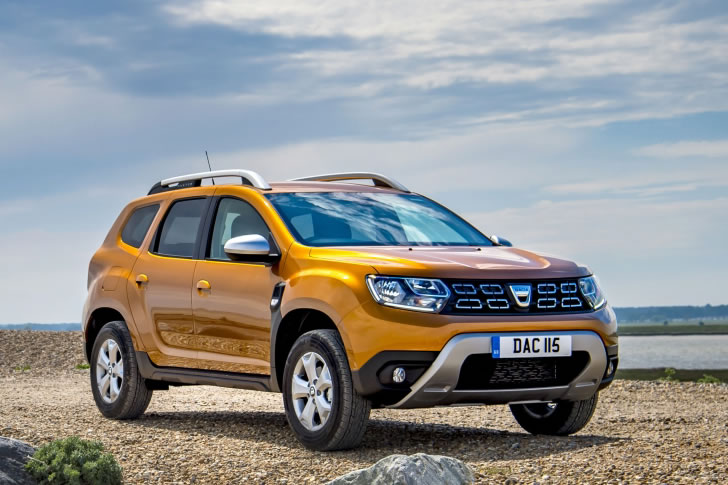How to Secure a Budget-Friendly SUV: Essential Tips
In a market where SUVs continue to dominate sales charts, finding one that’s both budget-friendly and meets your needs can be challenging. However, with thoughtful research and strategic shopping, you can uncover SUVs that offer the both worlds—cheapness and functionality. This article provides a detailed roadmap for finding, negotiating, and purchasing an economical SUV that won’t cost too much.

Understanding the Market for Budget-Friendly SUVs
Budget-friendly SUVs typically fall into the subcompact and compact categories. These vehicles offer the advantages of SUVs, like higher seating positions and more cargo space, without the hefty price tag of larger models. When shopping for a budget-friendly SUV, consider factors like fuel efficiency, maintenance costs, insurance rates, and depreciation, as these will impact the total cost of ownership.
Essential Features to Consider
- Fuel Economy: Look for SUVs with good gas mileage to save money in the long run.
- Safety: Opt for models with strong safety ratings and essential safety features such as airbags, anti-lock brakes, and electronic stability control.
- Reliability: Research reliability scores from trusted sources like J.D. Power and Consumer Reports to ensure lower maintenance costs over time.
- Insurance Costs: Some SUVs are cheaper to insure. Check with insurance providers for quotes on models you’re considering.
Strategies for Finding the Cheap SUVs
1. Set a Budget
Before you begin your search, determine how much you can afford to spend. Include the potential costs of taxes, registration, and any immediate maintenance or modifications needed.
2. Research Models
Start by identifying which SUV models fit your budget and needs. Make a list of preferred features and prioritize them. Websites like Edmunds, Kelley Blue Book, and Cars.com offer extensive reviews and can help you compare the specs and pricing of different models.
3. Check for Incentives
Manufacturers often provide special deals such as rebates, cash back offers, or special financing rates. Visit automaker websites directly to find current promotions and compare these opportunities.
4. Explore Used and Certified Pre-Owned Options
If new SUVs are beyond your budget, consider used or certified pre-owned (CPO) models. CPO vehicles are typically less expensive than new cars and come with some form of manufacturer warranty, giving you a balance of price and security.
5. Negotiate the Price
When you find the right SUV, don’t hesitate to negotiate the price. Be informed about the vehicle’s market value and start below the asking price. Always be ready to walk away if the deal doesn’t meet your budget.
6. Time Your Purchase
Car dealerships have sales quotas, often on a monthly and quarterly basis. Shopping at the end of these periods can sometimes lead to better deals as sales staff push to meet their targets.
7. Consider Lesser-Known Brands
Some brands may offer similar features and quality but at a lower price point because they’re less popular. Brands like Kia, Hyundai, and Subaru were once considered underdogs but now are known for their value and durability.
8. Use Online Tools
Utilize online tools to compare SUV prices across different dealerships. Platforms like TrueCar, CarGurus, and Autotrader can show you what others have paid for similar SUVs in your area.
Conclusion
Finding a budget-friendly SUV involves thorough research, strategic timing, and effective negotiation. By setting a clear budget, understanding the total cost of ownership, and utilizing the right resources and strategies, you can find an SUV that fits both your financial and practical needs.







Recent Comments